Invertebrates
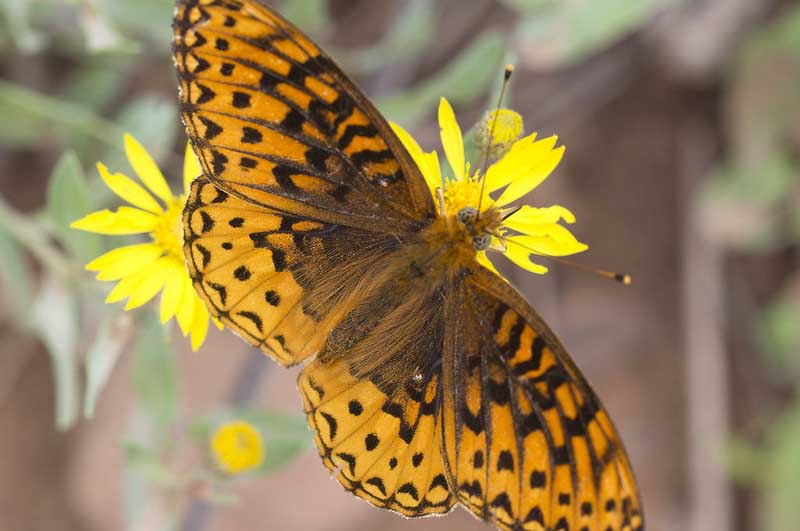
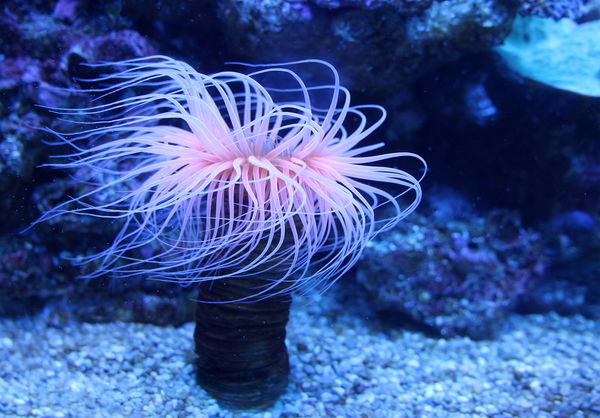
Photo: Pixabay
Anemones are marine creatures found worldwide in various habitats, from shallow waters to depths of several thousand meters. These animals have a soft, gelatinous body that can vary in size from a few millimeters to several meters in diameter.
Anemones are known for their tentacles with stinging cells called cnidocytes, which they use to capture prey and defend themselves from predators. These cells can be dangerous to humans, causing painful stings and even severe allergic reactions in some cases.
Anemones are important in marine ecosystems as both predators and a source of food for other animals. They are also popular in aquariums due to their beauty and interesting behavior.
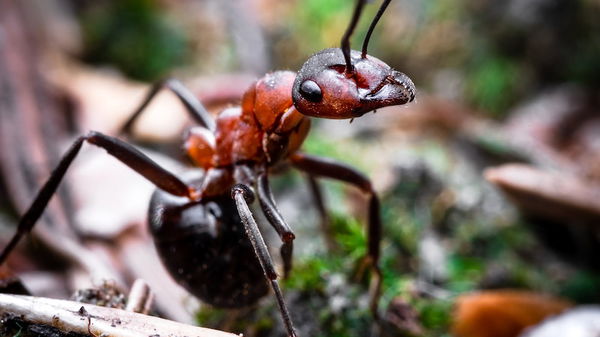
The ant is a social insect found all over the world. It is characterized by its small size and its ability to work as a team, which allows it to build very complex colonies. Each colony is led by a queen and consists of thousands of workers who work together to obtain food and protect the colony from potential threats.
Ants are capable of carrying objects that are several times their own weight and are of great ecological importance in many ecosystems, as they feed on dead insects and help control the population of other species.
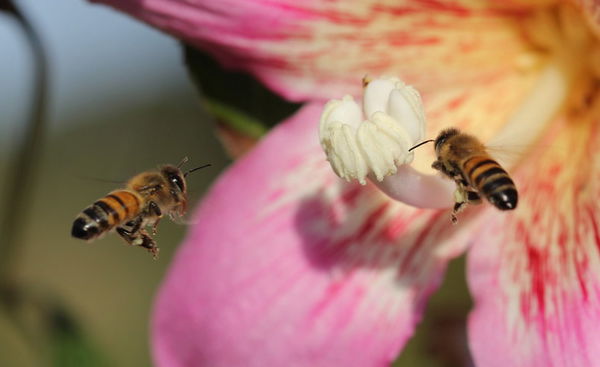
Photo: cuatrok77
The bee is a small flying insect that plays a critical role in pollinating plants and flowers. They are social insects that live in colonies, with each colony having a queen bee, drones, and worker bees. The worker bees are responsible for collecting nectar and pollen from flowers, which they bring back to the hive to produce honey and feed the colony.
Bees have a unique system of communication, using dances and pheromones to share information about the location of food sources. They are also important in agriculture, as they help to pollinate many crops, including fruits, vegetables, and nuts.
However, bee populations are under threat due to habitat loss, pesticides, and other factors, which can have significant consequences for food production and the ecosystem as a whole.
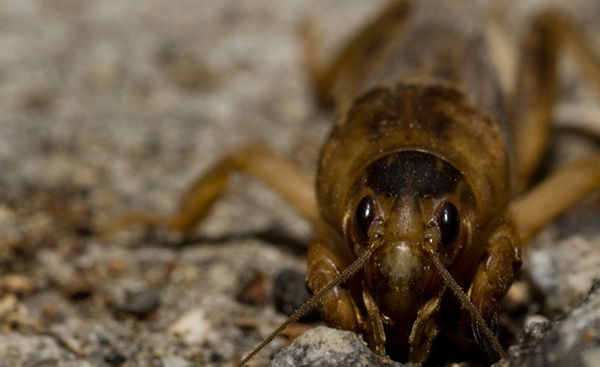
The cricket is a small, winged insect known for its distinctive chirping sound. There are more than 900 species of crickets, found all over the world in a variety of habitats. Crickets are most active at night and are known for their ability to jump long distances. They are omnivores, feeding on a variety of foods including plants, insects, and even other crickets. Crickets play an important role in many ecosystems, as they are food for many predators and help to break down organic matter in the soil. However, crickets can also be considered pests, as they can damage crops and gardens. They are popular pets and are often kept in small containers as a source of entertainment or as a source of food for other pets such as reptiles or birds.
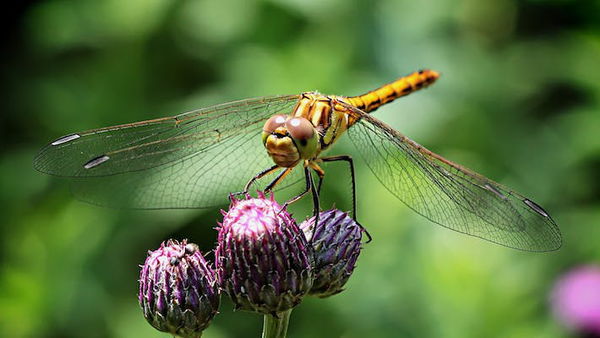
Photo: Pexels
The dragonfly is a flying insect of the Odonata order found worldwide. They have elongated bodies, two pairs of membranous wings, and large compound eyes. Dragonflies are known for their ability to fly fast and agile, catching their prey in mid-air.
Dragonflies spend most of their lives in the water, where the larvae feed on small animals and aquatic plants. Once they emerge from the water as adult dragonflies, they live for a short period of time, usually a few weeks or months.
In addition to being useful predators for controlling mosquito and other insect pests, dragonflies are valued for their beauty and are often considered a symbol of nature. They are common in areas near water, such as rivers, lakes, and ponds.

Photo: Camera-man
A drone, also known as a male bee, is a type of bee that is characterized by its larger size and lack of a stinger. Unlike female bees, drones do not collect pollen or nectar and do not have the ability to sting. Instead, their sole purpose is to mate with the queen bee.
Drones are born from unfertilized eggs and have only one set of chromosomes, making them haploid. They are raised by the worker bees in the hive and are fed a special diet to promote their growth. Once they reach maturity, they leave the hive in search of a queen to mate with.
Although drones are not essential for the survival of the hive, they do play an important role in the mating process. During the mating ritual, the drone's reproductive organs are ripped from his body, causing him to die shortly after. Drones are typically found in large numbers during the spring and summer months when the queen is most active.
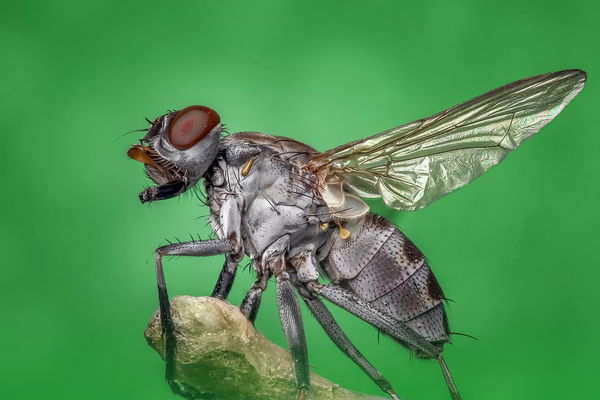
Photo: ROverhate
The fly is a common insect found all over the world. There are over 100,000 known species of flies, including house flies, fruit flies, and horse flies. Flies are characterized by their two large wings and compound eyes, which allow them to see in multiple directions at once.
Flies are typically attracted to food and other organic matter, and they play an important role in decomposing and recycling nutrients in ecosystems. However, some species of flies can also be pests and carry diseases such as typhoid, cholera, and dysentery.
Flies have a short lifespan of around 30 days, and they reproduce quickly, with females laying hundreds of eggs at a time. Flies undergo complete metamorphosis, meaning they go through four distinct stages of development: egg, larva, pupa, and adult.
Despite their small size and short lifespan, flies have a significant impact on the environment and human health.
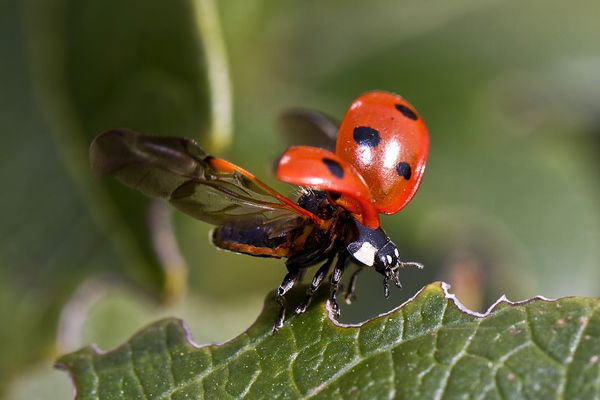
Photo: ElinaElena
The ladybug, also known as ladybug or vaquita de San Antonio, is a small insect that belongs to the beetle family. They are known for their striking colors and spots, which can vary depending on the species and geographic region. In general, ladybugs are between 1 and 10 mm in length and feed on other insects, such as aphids, which can be harmful to crops.
Ladybugs are considered a symbol of good luck in many cultures, and it is said that when they land on a person, it brings luck and happiness. In addition, they are used in the biological control of pests in agriculture, being a natural and effective alternative to pesticides.
There are more than 5,000 species of ladybugs worldwide, and they can be found in a wide variety of habitats, including forests, grasslands, and urban areas. Despite their small size, ladybugs are an important component of the ecosystem and play a key role in the food chain of many animals.
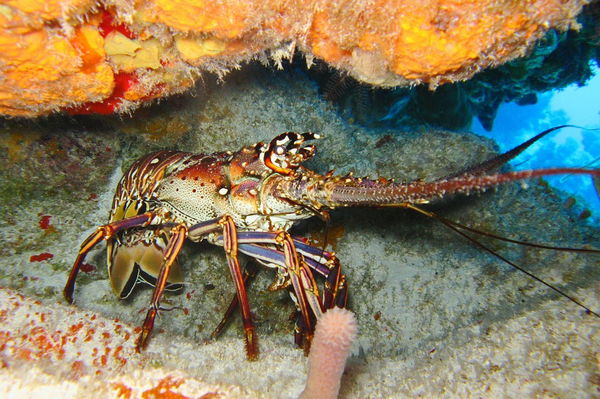
Photo: axistravel
The lobster is a type of crustacean found in oceans around the world. They are known for their large size, hard exoskeleton, and distinctive claws, which are used for defense and capturing prey.
Lobsters are typically brownish-green in color, but can also be found in shades of blue and red. They are bottom-dwelling animals, living in rocky crevices or on sandy or muddy ocean floors.
Lobsters are primarily scavengers and predators, feeding on a variety of marine life including fish, crabs, and clams. They are considered a delicacy in many parts of the world, and are often caught and sold for human consumption.
Despite their popularity as a food source, lobsters are also important members of marine ecosystems, playing a role in the food chain and helping to keep populations of other species in check.
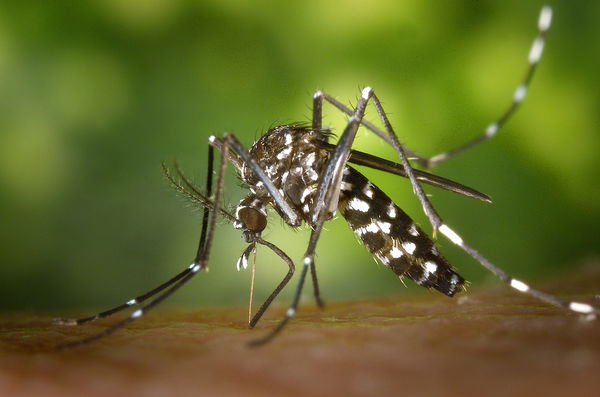
Photo: WikiImages
The mosquito is a small, flying insect that is found all over the world. There are over 3,000 known species of mosquitoes, and they are known for their ability to transmit diseases such as malaria, dengue fever, and Zika virus.
Mosquitoes are characterized by their long, thin bodies and wings, and their small, slender legs. They feed on the blood of humans and other animals, with female mosquitoes requiring blood in order to lay eggs.
Mosquitoes are attracted to their hosts by the carbon dioxide they exhale, as well as by body heat and certain chemicals found in sweat. They have a short lifespan of around two weeks and reproduce quickly, with females laying hundreds of eggs at a time.
Despite their small size, mosquitoes have a significant impact on human health, causing millions of deaths each year due to the diseases they transmit. Control measures such as insecticide-treated bed nets, mosquito repellents, and elimination of breeding sites are important in reducing the spread of mosquito-borne diseases.
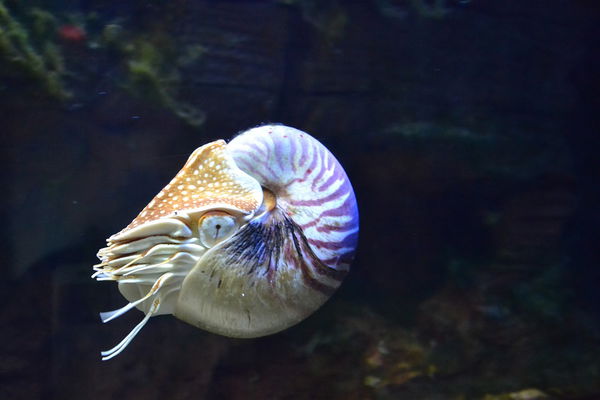
Photo: glucosala
Nautilus is a marine animal that belongs to the cephalopod family, along with squids, cuttlefish, and octopuses. Nautiluses have a distinctive spiral-shaped shell that can reach up to 25 cm in diameter. They inhabit the deep waters of the Pacific and Indian Oceans and are considered living fossils, as their ancestors have been around for over 500 million years. Nautiluses have a unique way of moving through water by expelling water from their chambers in their shells, allowing them to move forward or backward, as well as changing their buoyancy to move up or down in the water column.
Nautiluses are carnivorous and feed on small crustaceans and fish. They have up to 90 tentacles with suction cups that they use to catch their prey. Unfortunately, nautiluses are currently facing threats from overfishing and habitat destruction, which has led to a decline in their population. They are also collected for their shells, which are used in the creation of jewelry and other decorative items.
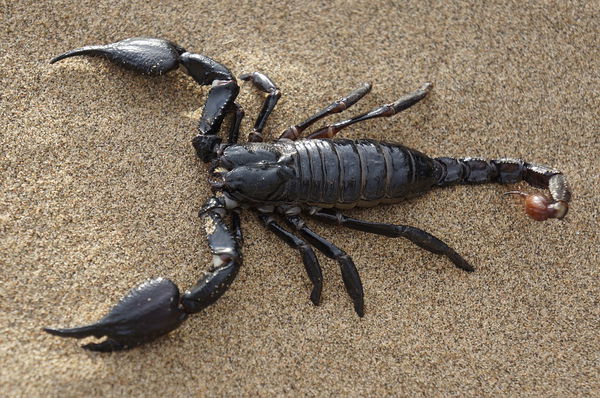
Photo: andrey_barsukov
Scorpions are arachnids that can be found in many parts of the world, from deserts to rainforests. They are easily recognizable by their long, curved tail that ends in a venomous stinger. Scorpions use their venom to kill prey and defend themselves against predators.
Scorpions vary in size, with some species being only a few centimeters long while others can grow up to 20 centimeters in length. They are nocturnal animals and spend the day hiding in burrows or under rocks to avoid the heat of the sun.
While scorpions can be dangerous to humans, they play an important role in controlling insect populations. They are also used in traditional medicine in some cultures.
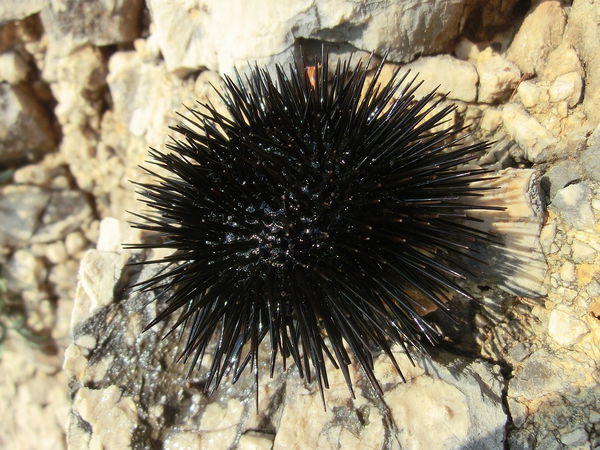
Photo: Take-it
The sea urchin is a small, spiny marine animal that belongs to the echinoderm family. They can be found in oceans all over the world and come in a variety of colors and sizes. Sea urchins are known for their hard, spiky shells, which protect them from predators.
Sea urchins feed on algae, seaweed, and small invertebrates. They have a unique feeding structure called Aristotle's lantern, which consists of five sharp teeth that allow them to scrape algae off rocks and other surfaces.
Sea urchins play an important role in marine ecosystems by helping to maintain the balance of algae and seaweed populations. They are also a popular food source in some cultures, particularly in Japan where they are considered a delicacy.
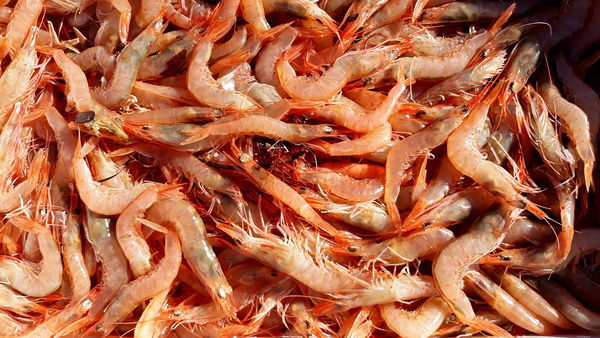
Photo: wurliburli
The prawn, also known as the shrimp, is a crustacean that is widely consumed around the world for its tender and flavorful meat. They are found in both freshwater and saltwater environments, and come in a variety of sizes and colors.
Prawns are typically harvested using nets or traps, and are often served cooked in a variety of dishes including stir-fries, salads, and soups. They are a popular seafood item in many cultures and are valued for their delicate flavor and texture.
In addition to their culinary value, prawns also play an important role in marine ecosystems. They are an important food source for many fish and other aquatic species, and help to maintain the balance of the food chain.
However, prawn populations are often threatened by overfishing and habitat destruction, and it is important to ensure that they are harvested sustainably to prevent long-term damage to the environment.
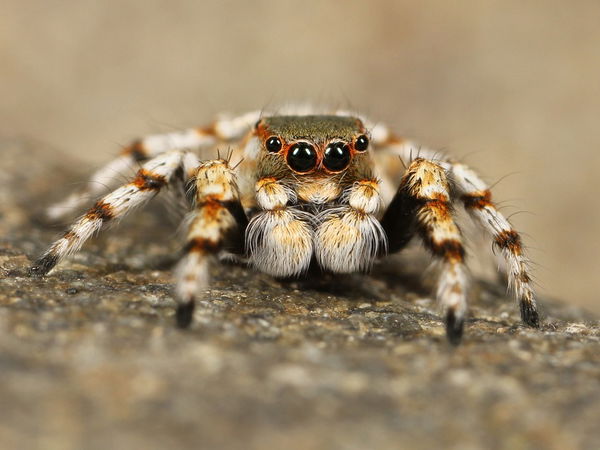
Photo: Pixabay
Spider is a type of arachnid known for its eight legs and ability to spin webs. There are over 45,000 known species of spiders found worldwide, ranging in size from tiny to as large as a human hand. Spiders are found in nearly every habitat on Earth, from deserts to rainforests to your own backyard. They are predators and feed on insects, other spiders, and even small animals like mice. Spiders are also important in controlling the populations of other insects and pests.
Spiders have two main body parts: the cephalothorax (which contains the eyes, mouthparts, and legs) and the abdomen (which contains the internal organs and spinnerets). They have a unique method of breathing called book lungs, which allows them to extract oxygen from the air. Most spiders also have venom, which they use to subdue their prey or defend themselves.
Despite their reputation for being creepy or scary, most spiders are harmless to humans and play an important role in the ecosystem. However, some species can be dangerous, so it's important to be aware of your surroundings and take precautions when encountering spiders.
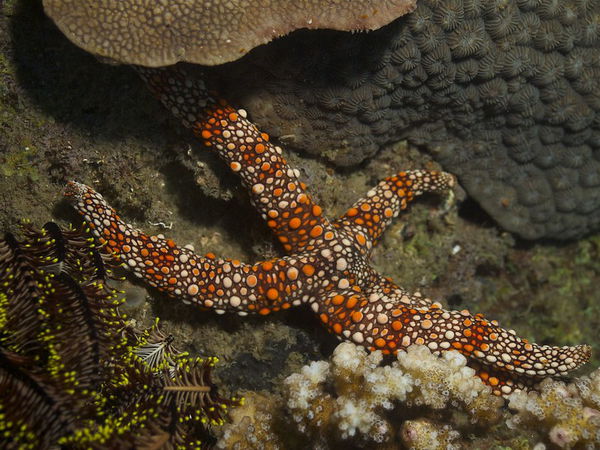
Photo: Elias Levy
The starfish is a fascinating aquatic animal that belongs to the group of echinoderms. Its body is formed by five elongated arms that branch out into numerous tentacles and are covered by small spines. Its shape and size can vary according to the species, and they can be found in a wide range of colors, from dark red to bright green.
These animals feed mainly on mollusks, crustaceans, and other invertebrates that they find on the ocean floor. They are also capable of regenerating their limbs if they lose them due to a predator.
Starfish are important animals in marine ecology, as they help maintain the balance of the ecosystem. Although they may seem harmless, some species can be poisonous, so it is important to handle them with care.
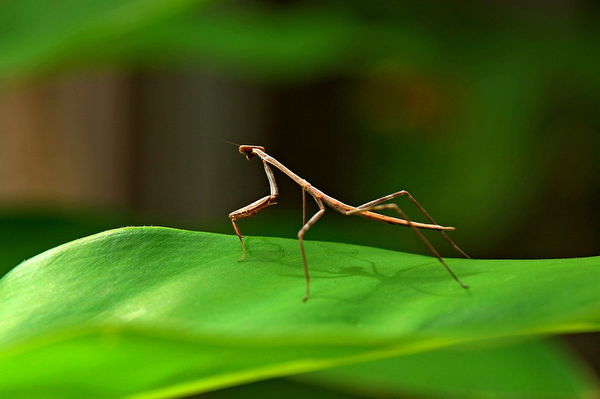
Photo: Wow_Pho
The stick insect, also known as the walking stick, is an insect that is camouflaged to look like a twig or branch of a plant. They come in a variety of sizes and colors, with some species growing up to 13 inches long. The stick insect is an herbivore, feeding on leaves and foliage. They are primarily found in tropical and subtropical regions, and are able to reproduce both sexually and asexually. The female can lay up to 1,000 eggs at a time. Stick insects are known for their ability to regenerate lost limbs, a trait that allows them to survive in their often harsh environments. They are popular as pets due to their unique appearance and low maintenance requirements.
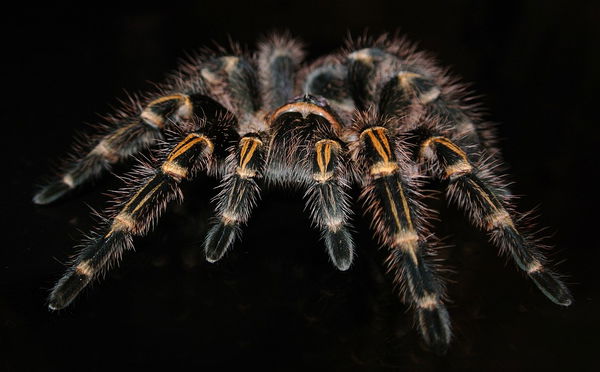
Photo: 251206
The tarantula is a large, hairy spider that belongs to the family Theraphosidae. They are found in many parts of the world, including the Americas, Africa, and Asia. Tarantulas are known for their impressive size and intimidating appearance, with some species measuring up to 10 inches in leg span.
Despite their fearsome reputation, most tarantulas are not dangerous to humans. They are primarily nocturnal and spend their days hiding in burrows or under rocks. Tarantulas are predators that feed on insects, other spiders, and small animals such as mice and lizards.
Tarantulas have a unique defense mechanism where they can flick urticating hairs from their abdomen, which can cause irritation or allergic reactions in predators or humans. Some species of tarantula are kept as pets, but they require special care and handling.